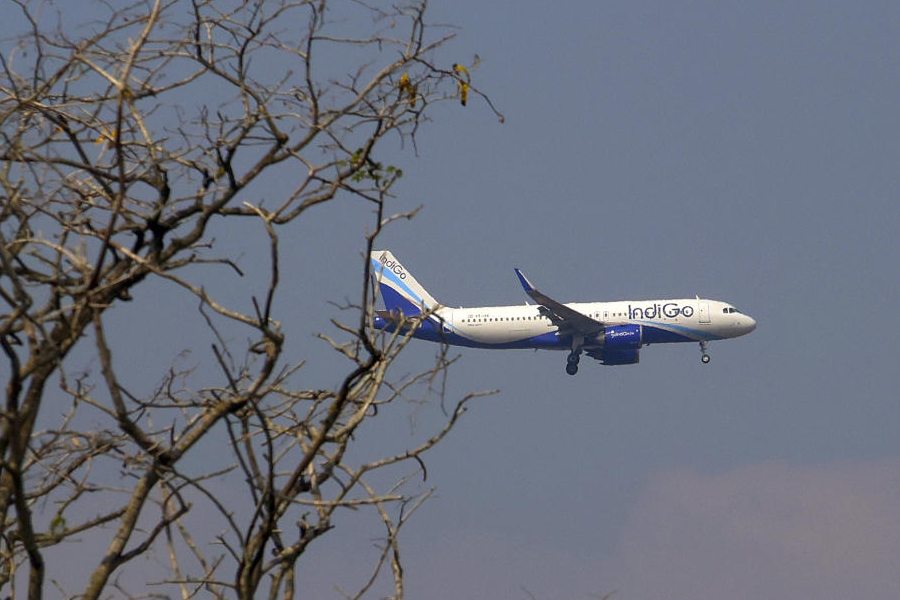Guwahati, April 26: An UK-based wildlife conservation agency has joined hands with the Wildlife Trust of India to protect the Siju-Rewat elephant corridor in Meghalaya.
The corridor, measuring 3.5 km by 2 km, links the Siju Wildlife Sanctuary and the Rewat reserve forest in Meghalaya near the Indo-Bangladesh border. The area is home to around 140 species of mammals, including the tiger, clouded leopard, Himalayan black bear and the elephant.
This is the first project the UK-based World Land Trust (WLT) has undertaken for protection of elephants in India.
“Reserving the passage for elephants will help increase their numbers and they hopefully cease to be an endangered species,” a source added.
The source said the project aimed at protecting the elephant population by addressing the problem of forest fragmentation, which posed a serious threat to the animal’s survival.
“The project will not only help in preservation of wildlife but also provide the villagers with a source of livelihood other than jhum cultivation, which has led to a rapid depletion of natural forests,” a source said.
The sources said funds had been transferred to the Wildlife Trust of India to begin work on saving the corridor.
The sources said the local tribes had agreed to donate land for the elephant project. “In return, the two wildlife organisations will help them start their own business,” one of then said.
Habitat fragmentation and encroachment from settlements, mining and dams hinder conservation of elephants in the Northeast. The World Land Trust is a member of the World Conservation Union and all its projects are carried out in collaboration with local NGOs. It has an extensive network and undertakes projects all over the world.
Naga sanctuary
Eight villages in Nagaland’s Zunheboto district have reached an agreement with the state government to create a bio-diversity reserve in the Satoi area, reports our Kohima correspondent.
Once famous for its rich flora and fauna, Satoi in the Satakha region is fast losing its animal population. However, it still has a record number of the endangered state bird, Blythe’s tragopan.
As the state does not own land or forest areas, creating a reserve or a sanctuary could be a problem in Nagaland. The process of co-ordinating with the villages in adjoining Phek district has begun and forest minister Kheto said he was confident that the people would realise the importance of the project and give up their land. “We may even convert the area into a tragopan sanctuary,” he said.
The Union ministry of forests and environment has been informed about the plan. However, the funds would be released only after the state finalised the plan, the minister added.
Forests in Mezoma and Khonoma villages near the capital town are home to the tragopan. As these villages are better connected with the state capital than Satoi, they have developed faster.
A resident of the area, however, pointed out that the hills are being denuded fast. Unless immediate steps are taken to stop hunting of birds and mammals like the deer and wild cats, one more bio-diversity rich spot would soon become a thing of the past, the resident added.










